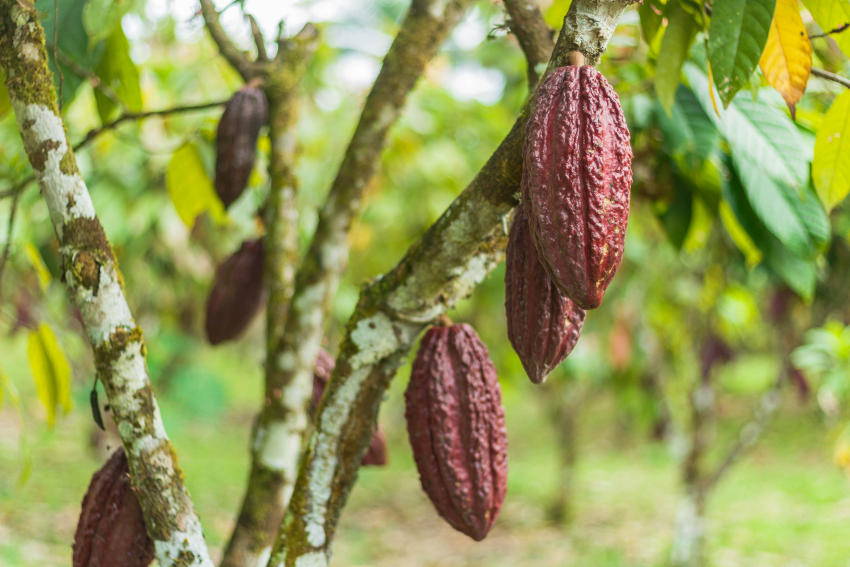(1) MacLeod, M. Cacao. In The Cambridge World History of Food; Kiple, K. F., Ornelas, K. C., Eds.; Cambridge University Press: Cambridge, 2000; pp 635–641. https://doi.org/10.1017/CHOL9780521402149.073.
(2) Pohlan, H. A. J.; Pérez, V. D. GROWTH AND PRODUCTION OF CACAO. 10.
(3) Cruz, M. de la; Whitkus, R.; Gómez-Pompa, A.; Mota-Bravo, L. Origins of Cacao Cultivation. Nature1995, 375 (6532), 542–543. https://doi.org/10.1038/375542a0.
(4) The Different Varieties of Cocoa Beans: Criollo, Trinitario & Forastero https://www.chocolate.co.uk/blogs/news/the-different-varieties-of-cocoa-beans-criollo-trinitario-and-forastero (accessed Mar 30, 2021).
(5) Motamayor, J. C.; Risterucci, A. M.; Lopez, P. A.; Ortiz, C. F.; Moreno, A.; Lanaud, C. Cacao Domestication I: The Origin of the Cacao Cultivated by the Mayas. Heredity2002, 89 (5), 380–386. https://doi.org/10.1038/sj.hdy.6800156.
(6) Motamayor, J. C.; Risterucci, A. M.; Heath, M.; Lanaud, C. Cacao Domestication II: Progenitor Germplasm of the Trinitario Cacao Cultivar. Heredity2003, 91 (3), 322–330. https://doi.org/10.1038/sj.hdy.6800298.
(7) Fabricant, F. Rare Cacao Beans Discovered in Peru. The New York Times. January 11, 2011.
(8) Pozo, W. H. C.-D.; Blas-Sevillano, R.; Zhang, D. LA CONVENCIÓN, CUSCO-PERÚ. 8.
(9) Elwers, S.; Zambrano, A.; Rohsius, C.; Lieberei, R. Differences between the Content of Phenolic Compounds in Criollo, Forastero and Trinitario Cocoa Seed (Theobroma Cacao L.). Eur Food Res Technol2009, 229, 937–948. https://doi.org/10.1007/s00217-009-1132-y.


